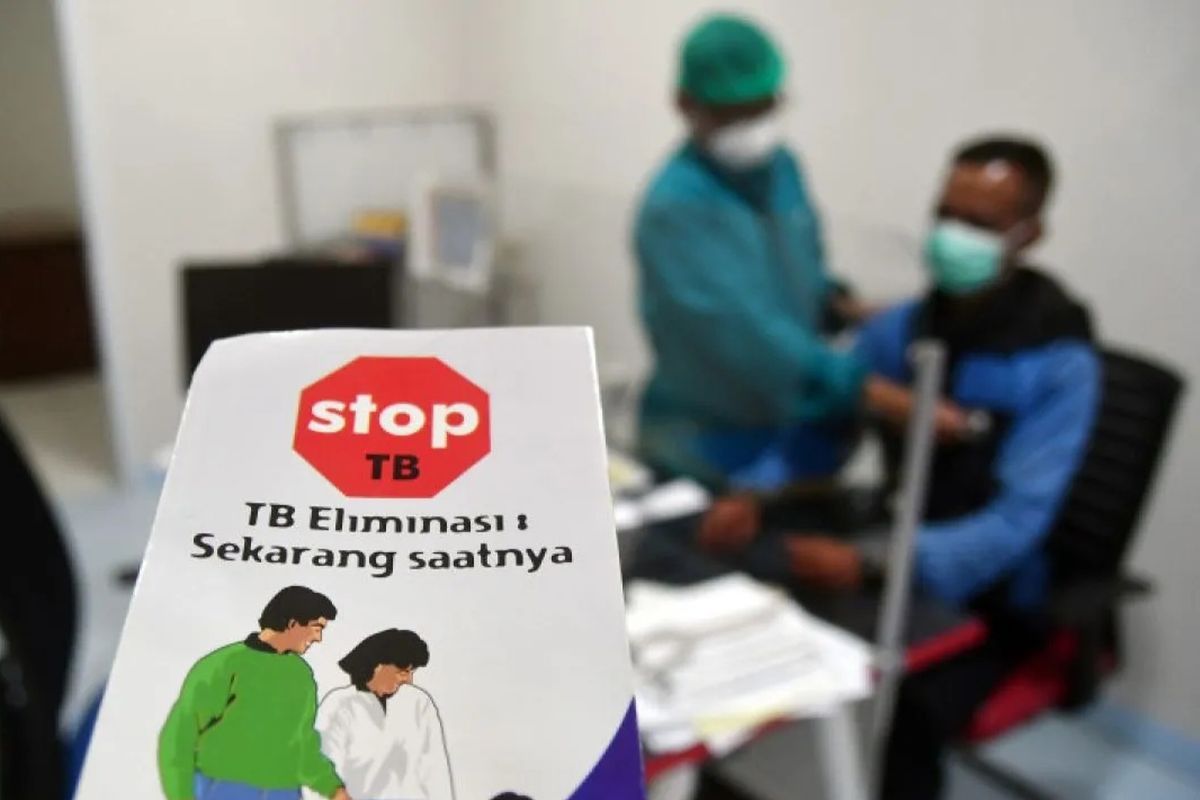Tuberculosis is a centuries-old airborne disease caused by the Mycobacterium tuberculosis bacteria.
“BRIN is collaborating with many parties to produce appropriate and necessary research,” head of BRIN’s Health Research Organization, Indi Dharmayanti, informed at a webinar in Jakarta on Tuesday.
According to the 2018 Basic Health Research conducted by the Health Ministry, Indonesia’s tuberculosis prevalence is 4.2 per 1,000 citizens. This is higher than the target of 1 per 1,000 citizens.
Dharmayanti said that the tuberculosis problem should get serious attention and its handling should involve cross-sector collaboration.
She noted that just as with other infectious diseases, the steps to prevent and control tuberculosis need to be strengthened. The disease can be controlled by modifying numerous related aspects, such as patients, the cause of the disease, and the environment.
“We currently face a multi-burden of tuberculosis. This disease is not only a source of pain and death, it is also a threat for patients with non-infectious comorbid diseases and patients with other infectious diseases,” she explained.
Some diseases associated with tuberculosis severity include tuberculosis with HIV and tuberculosis with diabetes mellitus. Tuberculosis can also become comorbid with hepatitis.
Furthermore, tuberculosis poses the risk of causing mental disorders in patients undergoing long-term treatment, especially those patients who are resistant to medicines, as well as drug-induced hepatitis.
“Tuberculosis requires our joint effort in its prevention and control. The government and citizens have made some efforts toward (its) prevention, vaccination, early detection, and treatment,” Dharmayanti said.
She added that a big challenge to controlling tuberculosis is determining the constraints and probabilities of the disease’s treatment.
“It is so that future tuberculosis treatment can become more effective and efficient to lower tuberculosis (cases),” she said.
According to the head of BRIN’s Research Center for Public Health and Nutrition, Wahyu Pudji Nugraheni, the prevention of tuberculosis is as important as treatment.
At the level of health facilities, the spread of tuberculosis can be prevented through infection control. At the citizens’ level, prevention can be done by maintaining hygiene and respiratory health.
“Covering the mouth and nose while coughing, using a mask in crowded places and while interacting with tuberculosis patients, and not spitting carelessly can prevent the spread of droplets containing the tuberculosis bacteria,” Nugraheni expounded.
Furthermore, high-risk individuals who have direct contact with tuberculosis patients or who work in health service facilities should conduct routine checkups, she added.
Babies and children are vulnerable to tuberculosis. Bacillus Calmette-Guérin (BCG) vaccination can help prevent tuberculosis infection at an early age.
Related news: Ministry calls for active public participation in TB prevention
Related news: President urges health minister to detect TB cases across Indonesia
Translator: Sugiharto P, Azis Kurmala
Editor: Rahmad Nasution
Copyright © ANTARA 2023











